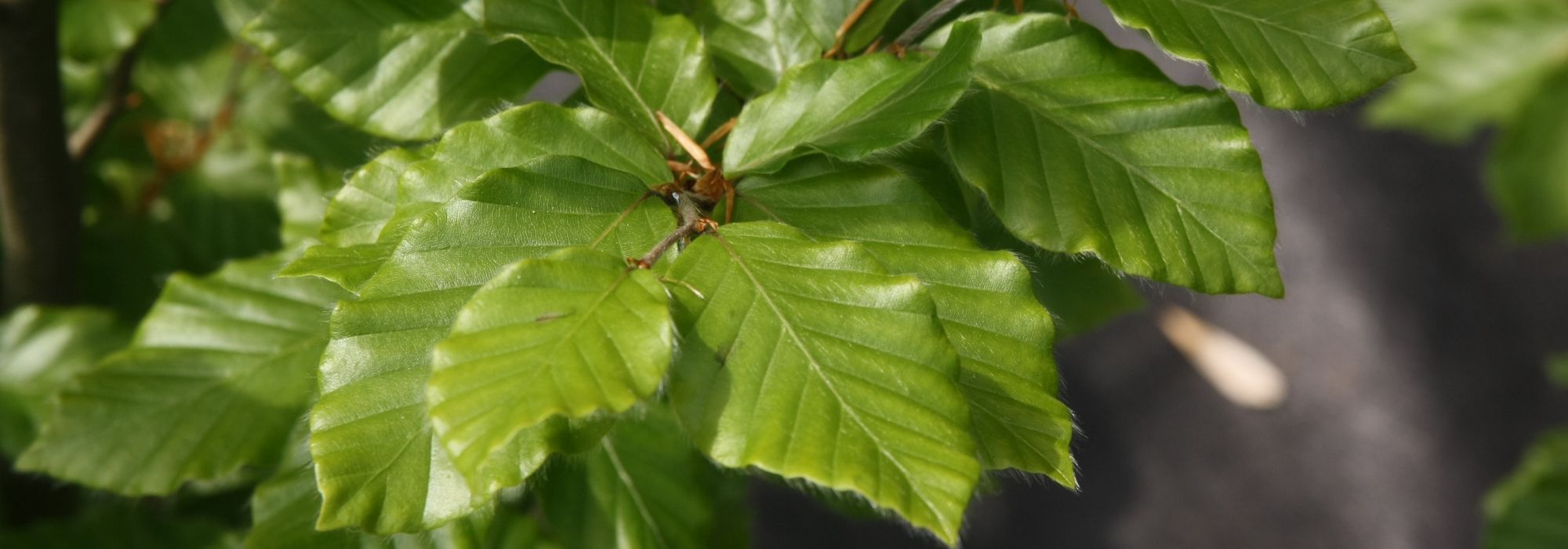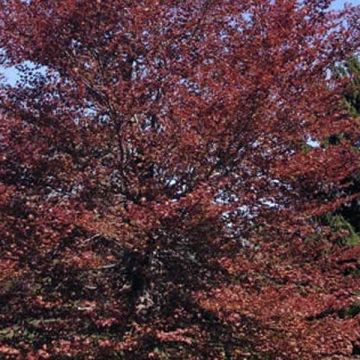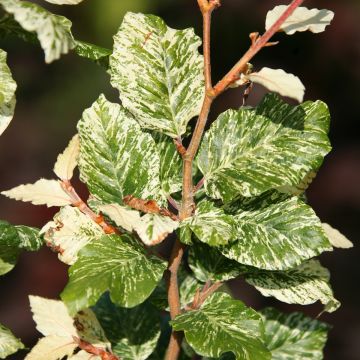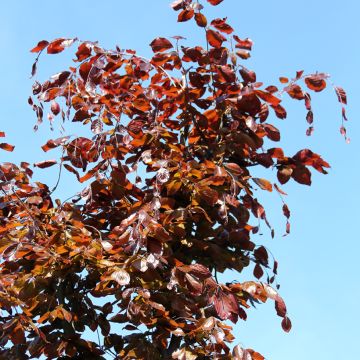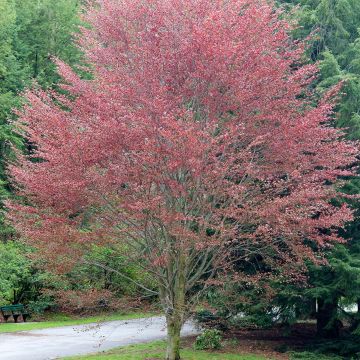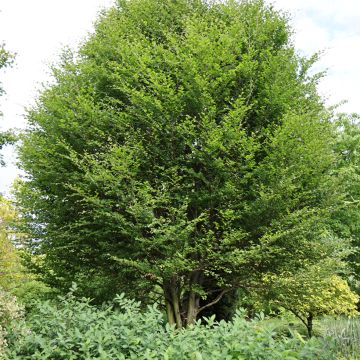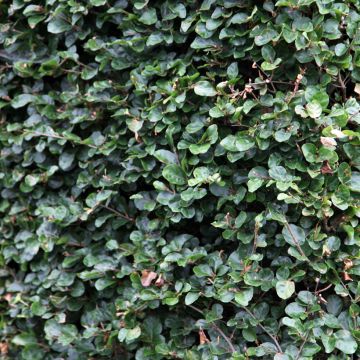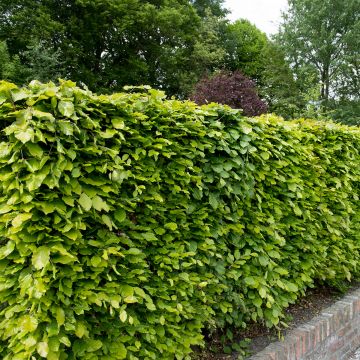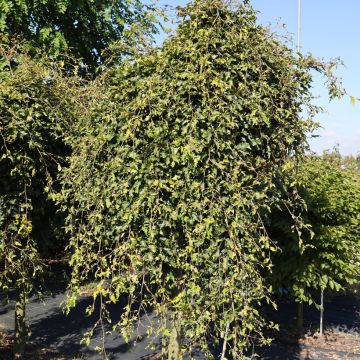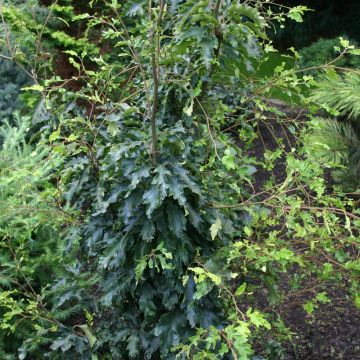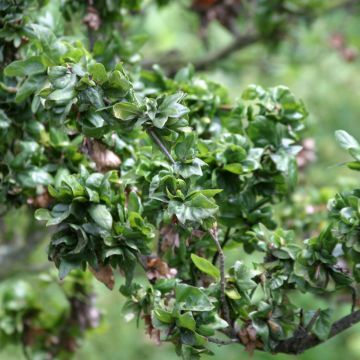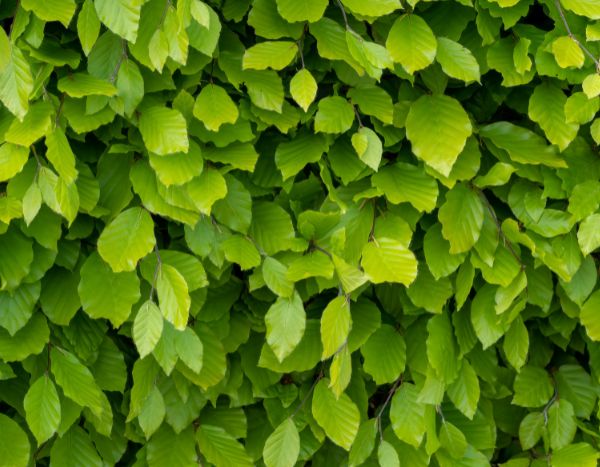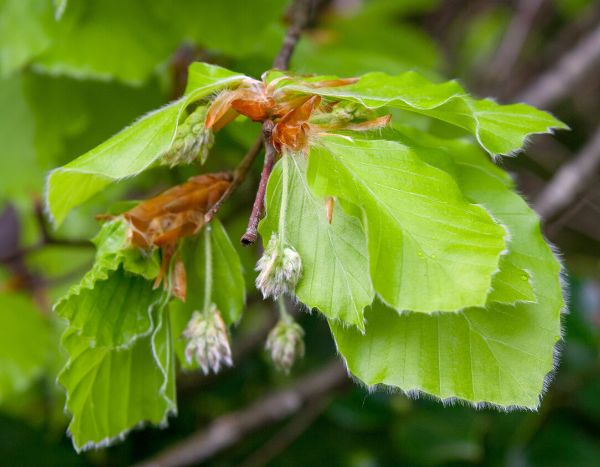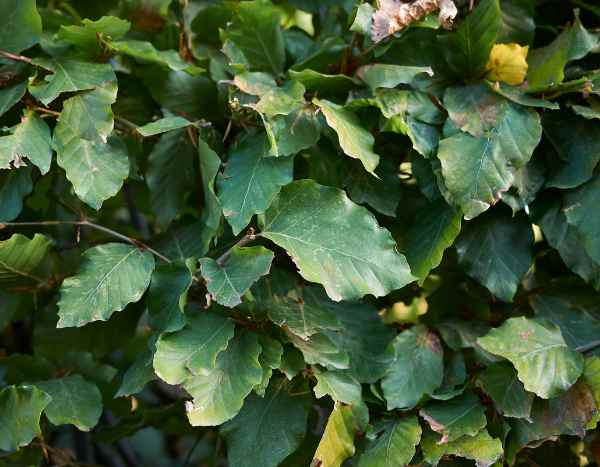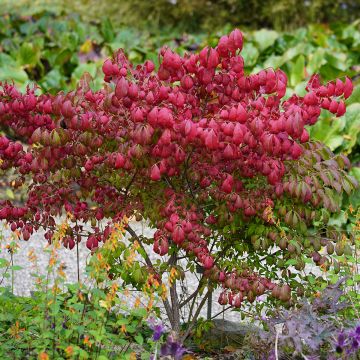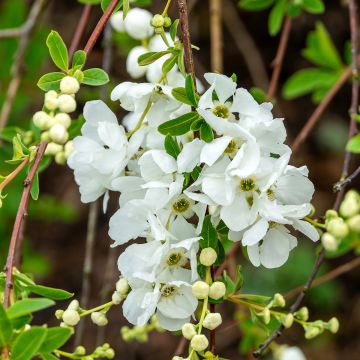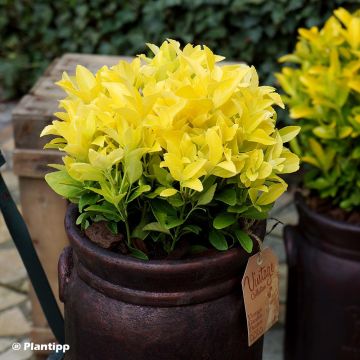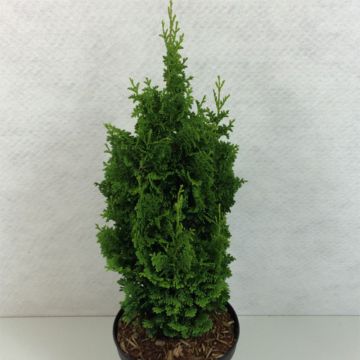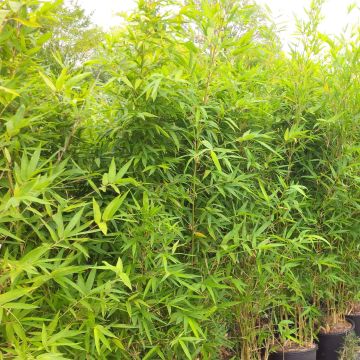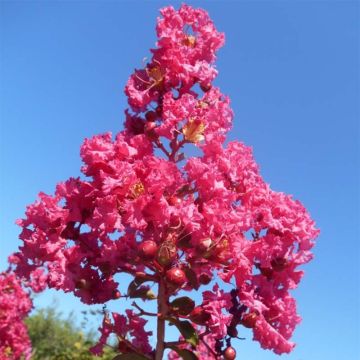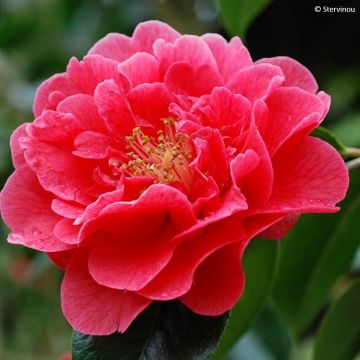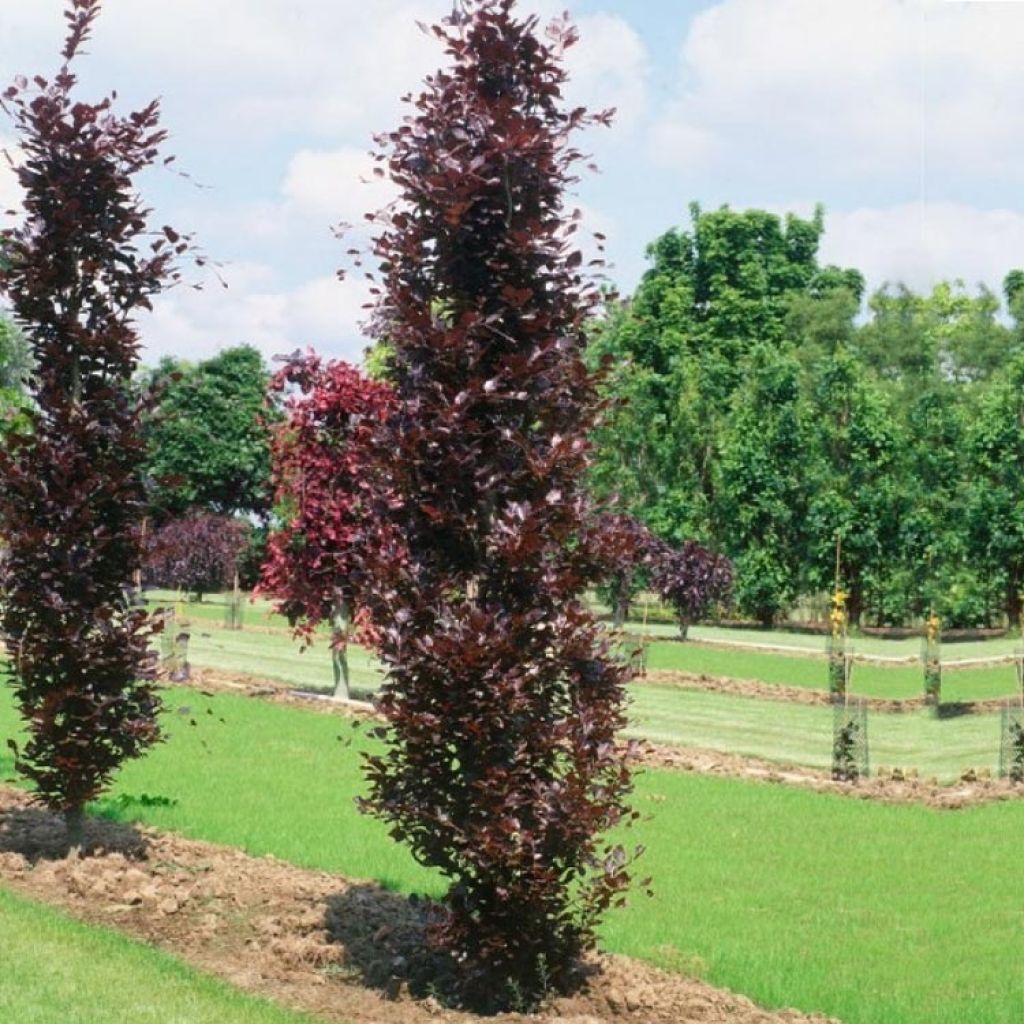

Fagus sylvatica Dawyck Purple - Beech
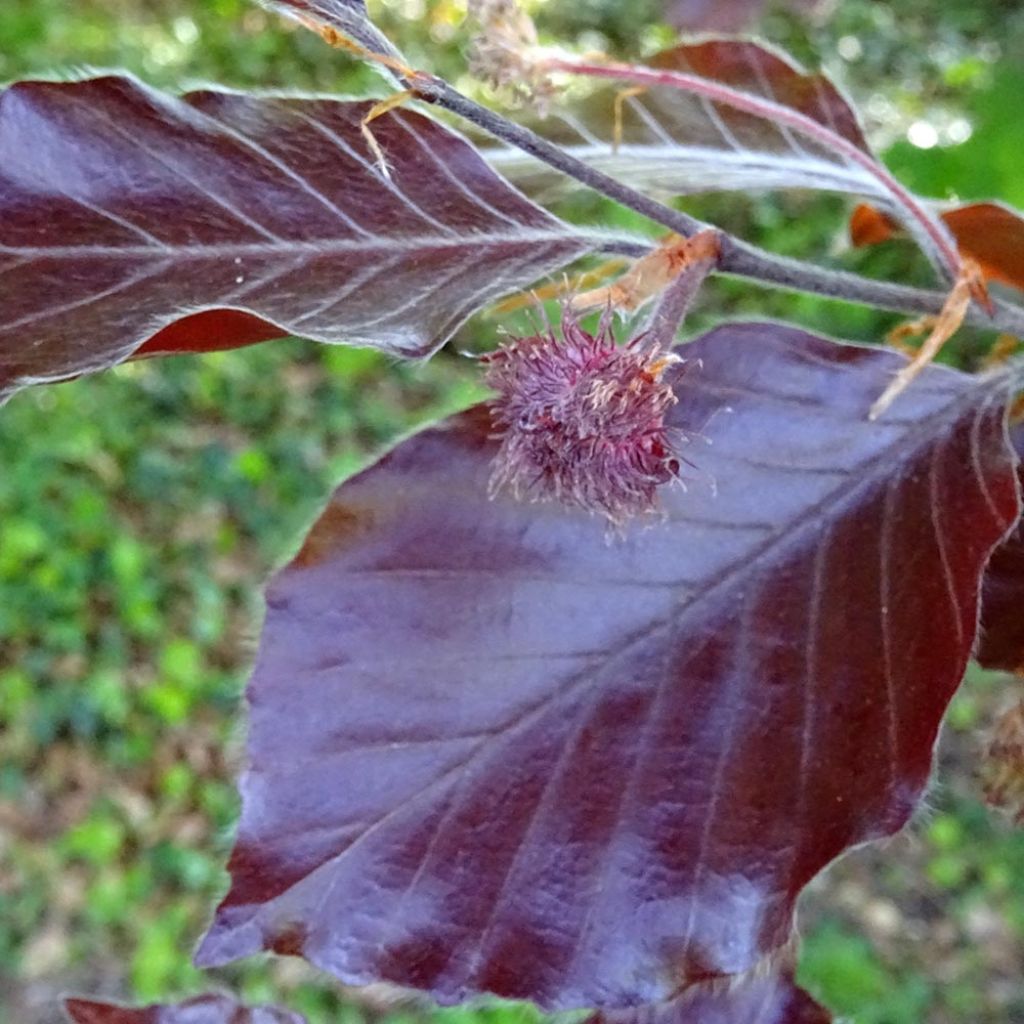

Fagus sylvatica Dawyck Purple - Beech
Fagus sylvatica Dawyck Purple - Beech
Fagus sylvatica Dawyck Purple
European Beech, Common Beech
Special offer!
Receive a €20 voucher for any order over €90 (excluding delivery costs, credit notes, and plastic-free options)!
1- Add your favorite plants to your cart.
2- Once you have reached €90, confirm your order (you can even choose the delivery date!).
3- As soon as your order is shipped, you will receive an email containing your voucher code, valid for 3 months (90 days).
Your voucher is unique and can only be used once, for any order with a minimum value of €20, excluding delivery costs.
Can be combined with other current offers, non-divisible and non-refundable.
Home or relay delivery (depending on size and destination)
Schedule delivery date,
and select date in basket
This plant carries a 24 months recovery warranty
More information
We guarantee the quality of our plants for a full growing cycle, and will replace at our expense any plant that fails to recover under normal climatic and planting conditions.
Does this plant fit my garden?
Set up your Plantfit profile →
Description
The Fagus sylvatica 'Dawyck Purple' is an excellent variety of the Common Beech with a narrow columnar habit and dark purple foliage that turns coppery in autumn. This tree has a slower growth rate than the typical species and rarely exceeds 20m (65 ft 7 in) in height and 5m (16 ft 5 in) in width at maturity. Its very dense marcescent foliage provides both windbreak and good coverage, drying in autumn and remaining on the branches until spring when new leaves appear. This variety is easy to cultivate and is particularly interesting for planting in rows or as a standalone specimen.
The beech tree, known in Latin as Fagus sylvatica, is an imposing tree with a spreading habit. Its cylindrical trunk is covered with smooth light grey bark. This tree can live for several centuries. Native to central Europe and the Caucasus, it is one of the most common tree species in European forests, covering 10% of forests. The Fagus sylvatica is the most popular beech tree grown, along with oak. Its reddish-brown wood is used in cabinet-making and for the production of wooden tools, toys, and firewood. Very hardy, it can reach a height of 20m (65 ft 7 in) at maturity.
The cultivar 'Dawyck Purple' was obtained in 1968 in the Netherlands, at the Trompenburg Arboretum. It is believed to be a spontaneous crossbreeding between the Fagus sylvatica 'Dawyck' and a purple beech. It has a columnar habit with a well-closed and dense crown. Its foliage consists of alternate elliptical leaves, 4 to 10cm (1.6 to 3.9 in) long. The leaf margins are undulating and villous. They have 5 to 9 pairs of lateral veins. When the leaves first emerge, they are a deep red colour, turning dark purple in summer and coppery brown in autumn. They are marcescent, meaning they dry out while remaining on the tree until the following spring when new leaves appear. The flowers appear almost simultaneously with the leaves. From April to May, barely visible cream-coloured monoecious flowers appear. Male flowers are arranged in pendulous catkins, 40 to 60mm (1.6 to 2.4 in) long. The female flowers are grouped in pairs or fours at the ends of branches. Mature trees produce shiny brown fruits called beech nuts, covered in prickles. These fruits, 12 to 18mm (0.5 to 0.7 in) long, are edible in small quantities. Mountain dwellers used to use them to make flour.
The Fagus sylvatica 'Dawyck Purple' is a hardy tree that requires no maintenance. It prefers partial shade and non-intense sunlight and thrives in cool and temperate climates. The soil should be moist and well-drained, with a constant level of humidity as it does not tolerate drought. When planted as a standalone specimen, it brings structure and verticality to the garden. When planted in rows along narrow paths or entrances, it has a sleek and tidy presence. Its foliage can be enhanced by pairing it with trees or shrubs with contrasting foliage, such as the 'Dawyck Gold' cultivar with golden leaves.
Fagus sylvatica Dawyck Purple - Beech in pictures
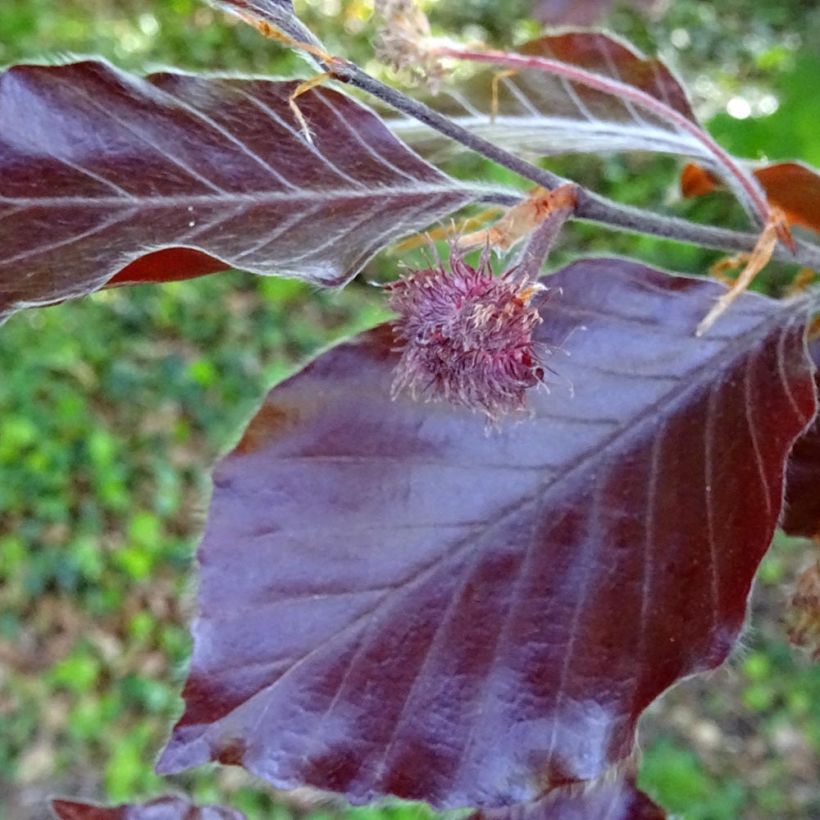

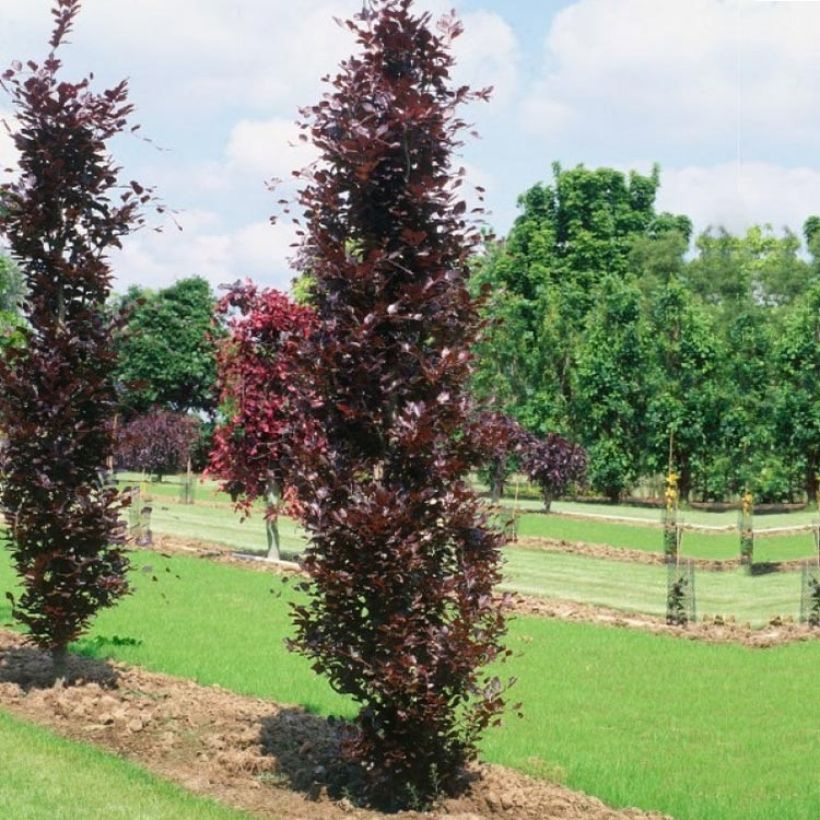

Plant habit
Flowering
Foliage
Botanical data
Fagus
sylvatica
Dawyck Purple
Fagaceae
European Beech, Common Beech
Cultivar or hybrid
Other Fagus - Beech
View all →Planting and care
The Fagus sylvatica enjoys partial shade and non-scorching sunlight. It thrives in cool and temperate climates. The soil should be moist and well-drained, with a constant level of humidity as it does not tolerate drought. Plant it with a root ball to give it the best chance of a long life. In February-March, when the tree is dormant, remove any branches that compromise symmetry or are tangled to maintain a good habit. Be careful of aphids and scale insects, as well as mildew.
Planting period
Intended location
Care
Planting & care advice
-
, onOrder confirmed
Reply from on Promesse de fleurs
Similar products
Haven't found what you were looking for?
Hardiness is the lowest winter temperature a plant can endure without suffering serious damage or even dying. However, hardiness is affected by location (a sheltered area, such as a patio), protection (winter cover) and soil type (hardiness is improved by well-drained soil).

Photo Sharing Terms & Conditions
In order to encourage gardeners to interact and share their experiences, Promesse de fleurs offers various media enabling content to be uploaded onto its Site - in particular via the ‘Photo sharing’ module.
The User agrees to refrain from:
- Posting any content that is illegal, prejudicial, insulting, racist, inciteful to hatred, revisionist, contrary to public decency, that infringes on privacy or on the privacy rights of third parties, in particular the publicity rights of persons and goods, intellectual property rights, or the right to privacy.
- Submitting content on behalf of a third party;
- Impersonate the identity of a third party and/or publish any personal information about a third party;
In general, the User undertakes to refrain from any unethical behaviour.
All Content (in particular text, comments, files, images, photos, videos, creative works, etc.), which may be subject to property or intellectual property rights, image or other private rights, shall remain the property of the User, subject to the limited rights granted by the terms of the licence granted by Promesse de fleurs as stated below. Users are at liberty to publish or not to publish such Content on the Site, notably via the ‘Photo Sharing’ facility, and accept that this Content shall be made public and freely accessible, notably on the Internet.
Users further acknowledge, undertake to have ,and guarantee that they hold all necessary rights and permissions to publish such material on the Site, in particular with regard to the legislation in force pertaining to any privacy, property, intellectual property, image, or contractual rights, or rights of any other nature. By publishing such Content on the Site, Users acknowledge accepting full liability as publishers of the Content within the meaning of the law, and grant Promesse de fleurs, free of charge, an inclusive, worldwide licence for the said Content for the entire duration of its publication, including all reproduction, representation, up/downloading, displaying, performing, transmission, and storage rights.
Users also grant permission for their name to be linked to the Content and accept that this link may not always be made available.
By engaging in posting material, Users consent to their Content becoming automatically accessible on the Internet, in particular on other sites and/or blogs and/or web pages of the Promesse de fleurs site, including in particular social pages and the Promesse de fleurs catalogue.
Users may secure the removal of entrusted content free of charge by issuing a simple request via our contact form.
The flowering period indicated on our website applies to countries and regions located in USDA zone 8 (France, the United Kingdom, Ireland, the Netherlands, etc.)
It will vary according to where you live:
- In zones 9 to 10 (Italy, Spain, Greece, etc.), flowering will occur about 2 to 4 weeks earlier.
- In zones 6 to 7 (Germany, Poland, Slovenia, and lower mountainous regions), flowering will be delayed by 2 to 3 weeks.
- In zone 5 (Central Europe, Scandinavia), blooming will be delayed by 3 to 5 weeks.
In temperate climates, pruning of spring-flowering shrubs (forsythia, spireas, etc.) should be done just after flowering.
Pruning of summer-flowering shrubs (Indian Lilac, Perovskia, etc.) can be done in winter or spring.
In cold regions as well as with frost-sensitive plants, avoid pruning too early when severe frosts may still occur.
The planting period indicated on our website applies to countries and regions located in USDA zone 8 (France, United Kingdom, Ireland, Netherlands).
It will vary according to where you live:
- In Mediterranean zones (Marseille, Madrid, Milan, etc.), autumn and winter are the best planting periods.
- In continental zones (Strasbourg, Munich, Vienna, etc.), delay planting by 2 to 3 weeks in spring and bring it forward by 2 to 4 weeks in autumn.
- In mountainous regions (the Alps, Pyrenees, Carpathians, etc.), it is best to plant in late spring (May-June) or late summer (August-September).
The harvesting period indicated on our website applies to countries and regions in USDA zone 8 (France, England, Ireland, the Netherlands).
In colder areas (Scandinavia, Poland, Austria...) fruit and vegetable harvests are likely to be delayed by 3-4 weeks.
In warmer areas (Italy, Spain, Greece, etc.), harvesting will probably take place earlier, depending on weather conditions.
The sowing periods indicated on our website apply to countries and regions within USDA Zone 8 (France, UK, Ireland, Netherlands).
In colder areas (Scandinavia, Poland, Austria...), delay any outdoor sowing by 3-4 weeks, or sow under glass.
In warmer climes (Italy, Spain, Greece, etc.), bring outdoor sowing forward by a few weeks.






























